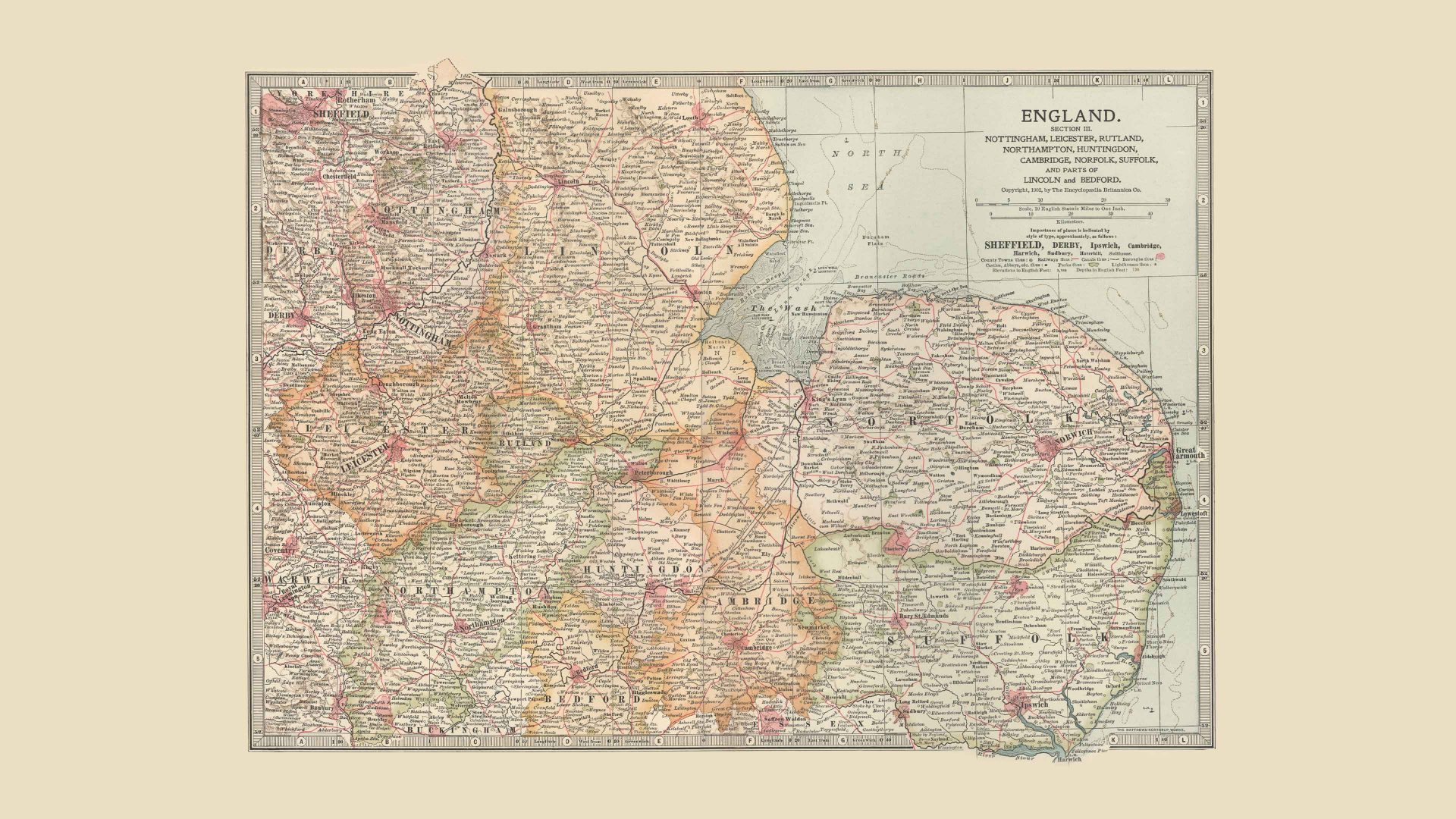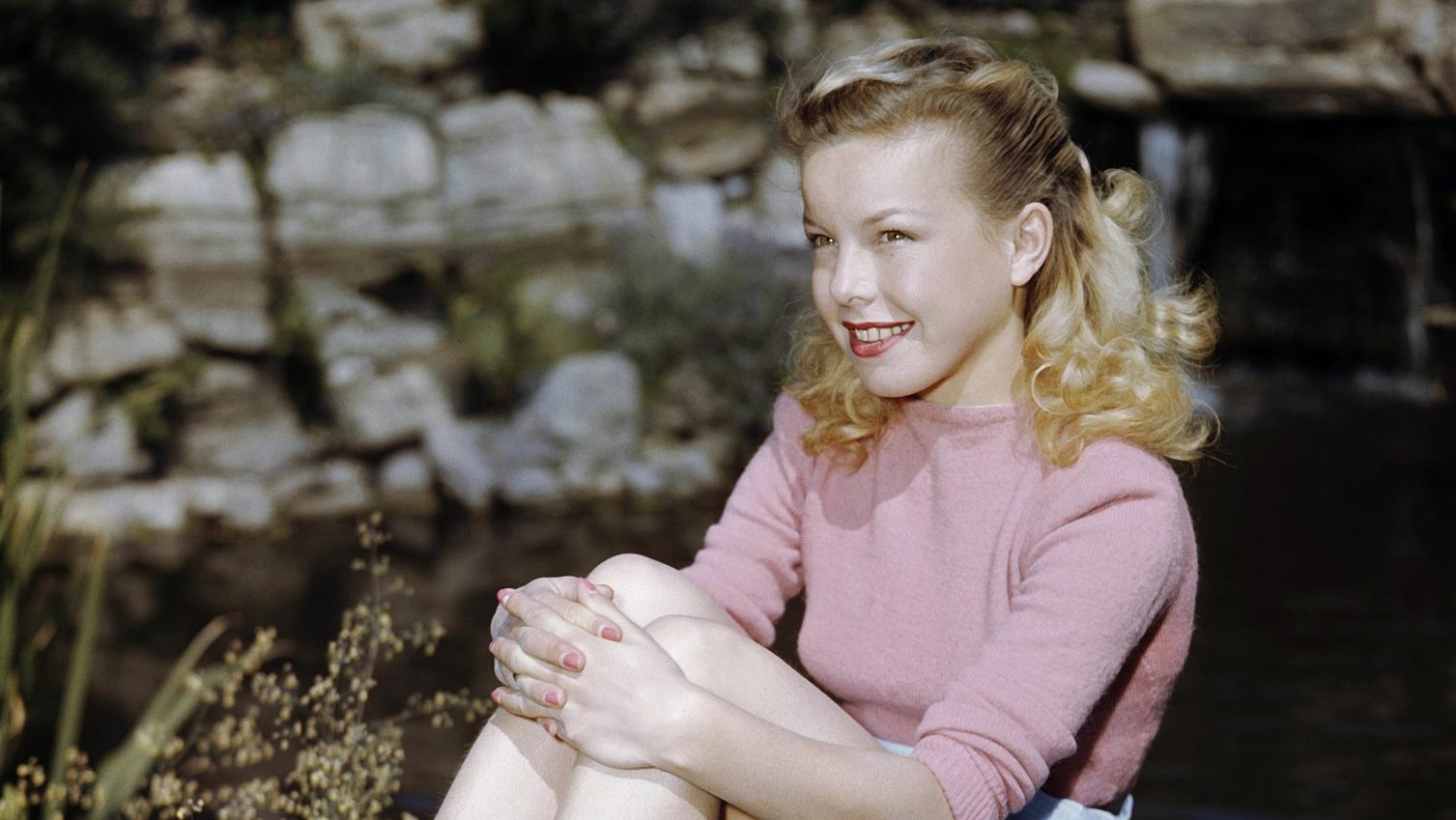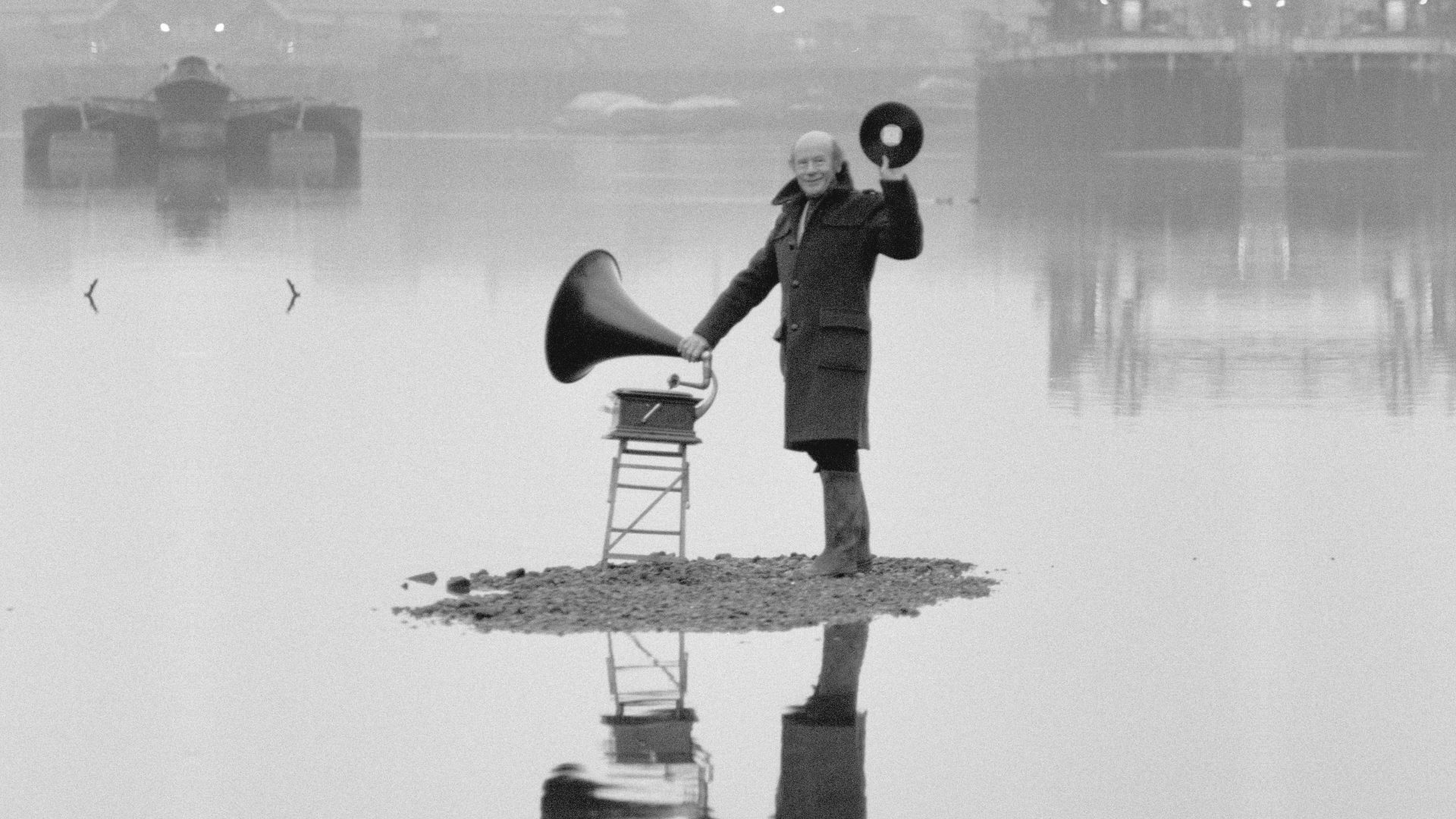It is obvious that the town of Thetford in south-west Norfolk has that name because, during the medieval period when placenames started to become established, there was a ford there which crossed the River Thet.
Well, it may be obvious, but it is totally wrong. The naming went the other way round: the River Thet, a tributary of the Little Ouse, which also passes through Thetford, is called that because there was a ford there that crossed over it which was located in Thetford. The river is named after the town or, more precisely, after the ford which the town is named after.
The original Anglo-Saxon name for Thetford was Theodford, where theod was an Old English word which meant “people”, so Theodford was “the people’s ford”.
This way of forming river names is technically known in linguistics as “back-formation”. Exactly the same thing happened in the case of the River Nar, also in western Norfolk.
The village of Narford is not named after the river. Rather, the name of the river is back-formed from the village name. The nar part of the village name came originally from the Anglo-Saxon word for “narrow” – so it meant a ford over a river in a small valley or some other narrow place.
Not far south of Thetford, across the border in Suffolk, is the ancient town of Bury St Edmunds. Bury also has two rivers running through it, the River Lark and the River Linnet, both of them rare and precious chalk streams. This raises the interesting question: why are there two rivers in the same town which are both named after songbirds?
The name of the Lark is yet another case of back-formation. On its way to Thetford, this river flows through the west Suffolk village of Lackford. At some point Lackford was reinterpreted as Larkford, giving rise to the possibility of an assumption that there was a ford there over a river called the Lark; and “Lark-ford” does make rather more sense to speakers of modern English than “Lack-ford”. (The original village name Leacford had probably meant “ford where leeks grow”)
This process of reinterpretation in order to make more sense of a particular word or name is technically known to linguistic scientists as “folk etymology”. Speakers have a tendency to try, if they can, to make sense of words which do not initially make sense to them, by changing them.
Belfry, for instance, comes from the Old French word berfrei which meant “watchtower” and had originally referred to a movable wooden tower of the sort that was used in the Middle Ages for besieging fortifications. Berfrei was not known to most English-speaking people, who reinterpreted it instead as the word for the place in a church tower where bells were hung.
Similarly, the word crayfish is not historically related to fish at all, but comes from a folk-etymological reinterpretation of French écrevisse “crayfish”.
We do not know what the original name of the River Linnet was. But its modern name is clearly a kind of folk-etymological joke, pairing the name of one songbird with that of another.
The distinguished Cambridge philologist professor Walter Skeat described this particular instance of name-formation as “jocular”. So the creativity of some long-forgotten medieval East Anglian humorist lives on, as the two streams flow for some distance beside each other through the middle of the town.
Lark
The word lark was first used in print in the sense of “fun, merriment, a frolicsome adventure, a spree” in the early 1800s, and is thought to have probably been in origin an allusion to the joyful-sounding song which is made by skylarks during their periods of rapidly descending flight.




